PROS
You can get up to six months of use from this tracker, which relies on a basic cell battery. It comes in several style options and is compatible with both iOS and Android operating systems.
BEST FITNESS
TRACKER 2019
BOTTOM LINE
Capable of tracking your activities during the night and day, this model is suitable for most shoppers. It has 14 modes and allows you to use Facebook and other popular apps.
PROS
This tracker will help you stay connected and get fit because it’s compatible with so many different apps. The HR has a built-in USB for fast and easy charging too.
CONS
Some customers found that this tracker didn’t do a good job of tracking their nightly movements and sleep patterns. Others had issues with the heart rate monitor.
BOTTOM LINE
As the latest version of the Fitbit, the Versa allows you to track all your movements and activities and connect with others on the go. It has a sleek and stylish design that many shoppers love.
PROS
Thanks to a waterproof design, this tracker will go anywhere you do. The Versa will connect via WiFi to other devices and let you use some features while offline.
CONS
The GPS feature does not work as well as some shoppers expected. A few customers had issues with the high cost and with syncing the tracker.
BOTTOM LINE
With a touchscreen design and a waterproof case, this fitness tracker is great for anyone who leads a busy lifestyle. It is compatible with most fitness apps and records data as you sleep and live.
PROS
This tracker monitors your sleep patterns and your lifestyle habits to give you a better idea of your overall health. You can sync this model with other devices and use it with your favorite apps.
CONS
Some customers complained that the battery died in less than a day. Others had some problems using the touchscreen.
BOTTOM LINE
Thanks to its slimmer design, this fitness tracker will never weigh you down or get in your way. It works inside and outside and comes with a fitness app designed specifically for this model.
PROS
Available in multiple sizes and colors, this fitness tracker will match your personality and wrist size. You can adjust the band to fit your wrist and use your favorite apps as you workout.
CONS
If the wristband breaks, you’ll need to send it back to the manufacturer for a repair. It may not keep accurate details about your heart rate.
BOTTOM LINE
This model is perfect for women who want to track their activities but don’t want to wear a traditional fitness tracker. It has a beautiful look and works like a necklace or a bracelet.
PROS
You can get up to six months of use from this tracker, which relies on a basic cell battery. It comes in several style options and is compatible with both iOS and Android operating systems.
CONS
Some shoppers thought the tracker was either too big or too small. You may find that it’s not as precise or accurate as the manufacturer claims.
Whether you want to lose weight and get in shape or simply maintain a healthy weight, you really need one of the best fitness trackers of 2018. A fitness tracker can alert you when you sat for too long and remind you that it’s a good time to get up and take a walk or do some basic stretches. The top fitness trackers for 2018 can even remind you about upcoming appointments and let you know when to take your medications. The best fitness tracker can act as your best friend and as your personal trainer.
While there are many things to consider when buying a fitness tracker, we wanted to make the job of finding one much easier. We looked at many different things, including who makes it and whether the gadget is compatible with any other electronics you own. Also called an activity tracker, these devices sync to your computer and phone to give you the information that you need. You can also sync your calendar and other apps across those devices. If you want to find the ultimate fitness tracker for you in 2018, you’ll want to use every section in our shopping guide as you look at the top models.
Follow us on:
Get exclusive content, advice and tips from Honest Product Reviews delivered to your inbox!
If you head to Amazon and do a basic search for fitness trackers, you might find yourself shocked at how many results come up. Both big name and lesser known companies make trackers that are compatible with both Apple and Android operating systems. You’ll find some models that come in different sizes or colors and models that have more features than others. We looked at all of the available models to find the top five options for our readers. If you check out the Resources and Further Readings section at the bottom of this guide, you can see what resources we used to create this list.
We started with a look at what some of the leading fitness experts thought about the top devices and which ones they recommended. Once we had a list of the top models, we headed to Amazon to find out which ones have the best reviews. We also looked at whether there are newer versions of some top models from past years. Looking at customer reviews and ratings helped us identify the best five fitness trackers of the year. You can use any of these devices while working long hours at the office and when relaxing at home.
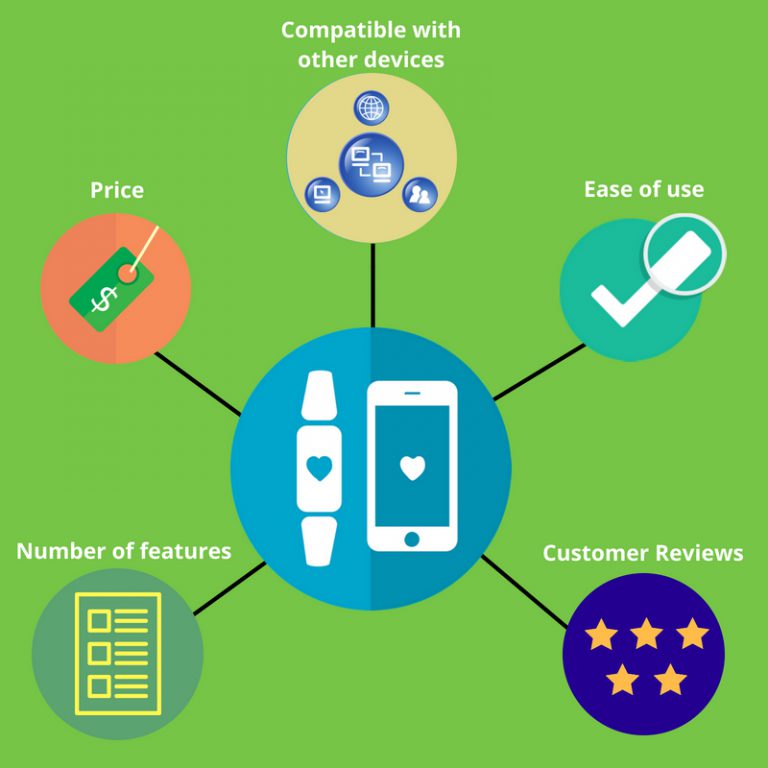
We like that this model has a built-in GPS feature that lets you send info about your route and progress to a synced cell phone. It features 14 modes for different types of exercises too. Those modes track your pace and how far you walked or ran. Thanks to the built-in USB, you can easily charge this device too. It works with popular apps such as Twitter and Facebook to help you stay connected as you workout also.
The chances are good that you probably heard an alarm going off on a fitness tracker before, especially if you work around other people. You can set alarms on your own tracker to remind you of a doctor’s appointment or when you need to take a pill. The alarm will also let you know that you sat for too long and that it’s time to get up and get active. Some of the top fitness trackers can give you information about other things, including:
Some models can also monitor you as you sleep. When you wake up in the morning, you can see information relating to how long it took you to fall asleep, whether you tossed and turned in the middle of the night and when you entered or how long you remained in a REM sleep cycle. Fitness trackers will tell you everything you need to know about your fitness and activities. It can motivate you to work out too.
Fitness trackers use a feature called an accelerometer that detects how often you move and in which direction you move. When it detects that you stayed in the same position for too long, it will send out an alert to let you know that you need to move. This feature monitors any movements that you make, including when you stand up and when you move back and forth. Some models have a barometer too that detects any changes in altitude, which will indicate when you go up and down stairs.
One reason fitness trackers are so popular today is that they function as smartwatches. You can sync one to your phone and actually take phone calls while jogging or walking around the block. It typically only takes a few minutes or less to sync your two devices. When someone sends you a text message or an instant message, you can read that message on the tracker and send back a quick response. If you prefer making phone calls, you need to look for a tracker that offers this feature and one that has a built-in microphone. Most of the models we looked at will let you check your email and view text messages but not all offer a call feature.
If you like getting in a quick workout while on the job, you can use a fitness tracker and still stay connected to the office. As you take a short walk or climb a few sets of stairs on your break, you can use the tracker to respond to emails from clients and to connect with your coworkers. Fitness trackers also help you stay connected when working out at home or at the gym because you can access all your messages on the go.
No matter what fitness tracker you buy, you can use that device with different apps. The top manufacturers offer apps of their own, but you’ll also find third-party options that you can download. You’ll find a number of benefits to using one of those apps.
Compatible with some of your favorite apps, this tracker makes it easy for you to take your favorite songs on a workout. You can upload your favorite playlists and access songs from other radio and music apps. While you need a WiFi connection to use some features, other features are available offline too. We like the waterproof design of this tracker, which you can use at depths of up to 50 meters. You can wear it in the shower or in the pool. The Versa also has more than 10 different built-in modes that let you record your workouts. It also has GPS tracking and will sync with your favorite device.
You might not realize that fitness trackers come in two different types. The first is an all-day tracker designed to track your movements and activities throughout the day. An all-day tracker is a more basic model. It will tell you how many steps you took and how often you went up and down the stairs or the number of steps you climbed. You can also view information relating to how long you exercised during the day and the total amount of time you spent at rest and with your heart rate elevated. An all-day tracker will also monitor your sleep habits and tell you how long you slept and how long you spent in a REM cycle.
A training tracker provides you with more information about your daily activities. You can view the exact route that you took or followed and see both how fast you walked or ran. It can tell you about any altitude changes and your heart rate too. Swimmers can use one of these trackers to see how many laps they swam and how quickly they completed those laps. Some of these trackers will even monitor your breathing and let you know when you need to step things up or take a short break.
You might assume that all fitness trackers look exactly the same. Most of the models that you see people wearing on the streets today feature an electronic screen that sits on a wrist strap. You’ll wrap the strap around your wrist and tighten it in the same way you would a watch band. When choosing one of these models, you should measure your wrist to determine what size you need. Manufacturers offer both small and large options as well as extended sizes to fit larger hands. You can pick one with a strap in a color or a pattern that you like.
Trackers with a wristband are not your only option though. You’ll also find models that let you remove the electronic face from the strap and wear it in other ways. Some like the pendant designs that they can wear as necklaces. Once you remove the face, you can attach it to a chain or lanyard and wear it around your neck. Other designs will clip to your clothing. You can wear the tracker in your pocket or on your bag. These models are best for those who want to monitor and track their activities without wearing a tracker strapped to their wrists.
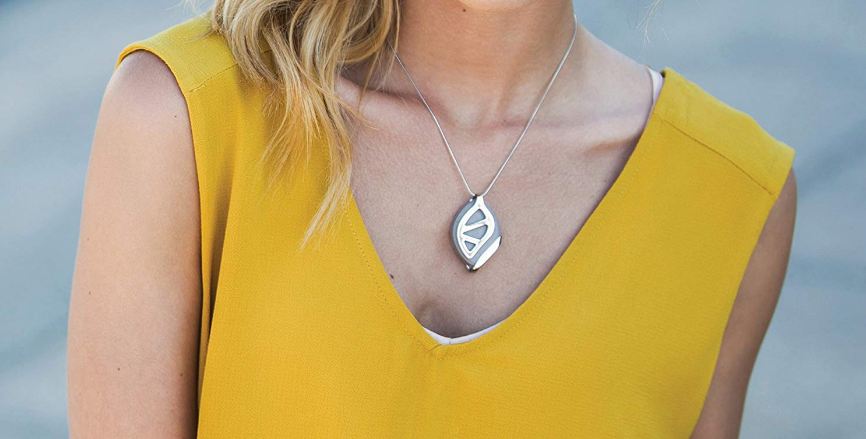
The top two operating systems used by people today are Apple and Android systems. Apple designed its iOS as an alternative to the traditional systems used by other manufacturers. If you have an iPhone and want to keep track of your activities, you’ll want to make sure that you buy a tracker that is compatible with Apple devices. Those systems make it easier for you to sync data and share information across devices. Some of the more popular models will even let you access your iTunes account from the device. This lets you listen to music as you workout. You can even create your own playlists that you listen to when doing different types of exercises. Some models are compatible with Android operating systems and will let you listen to music and access files that you saved on other synced devices.
It’s important that you pick the right model because trackers will only work with one operating system or the other. If you buy the wrong type and take it out of the packaging, the manufacturer may not give you a full refund. Some companies will accept the return but charge a restocking fee. If you use one OS on a daily basis, you need a tracker that is compatible with that system.
Very few fitness trackers today are compatible with Windows operating systems. Microsoft announced that it would no longer offer support for Windows phones in 2018. If you still use a Windows phone, you’ll need an older tracker that is compatible with that OS.
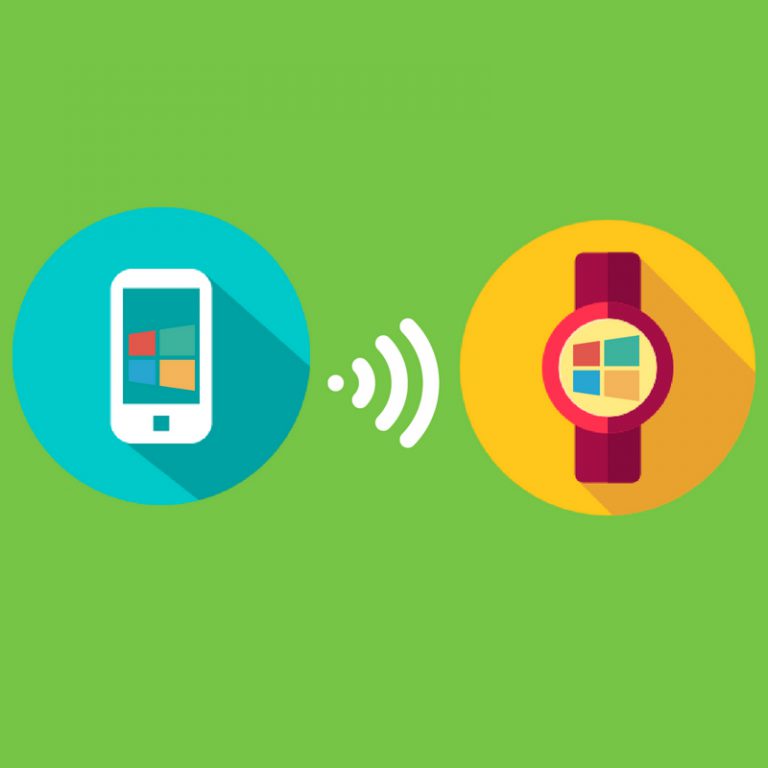
The A370 syncs with your cell phone and uses GPS information to show the route you followed as well as how far you walked and how fast you moved. You can also sync it with your phone to view email and text message alerts on the tracker. As you sleep, the A370 will monitor your sleep patterns and keep track of how well you slept and how long it took you to fall asleep. This model is compatible with most devices and fitness apps and has a waterproof design.
Pedometers are small fitness trackers that only track the number of steps that you take. The main problem with this type of device is that it cannot distinguish between steps and other types of movements. If you wear a pedometer and shift in your seat while working on the computer, it can detect those movements as steps. The total number of steps that you see counted at the end of the day won’t be as accurate as you want.
It is very important that the tracker you buy has a high accuracy rating. The best models will use different information to determine when you walked up a set of stairs and when you took a few steps. It will also identify when you get up and walk instead of simple detecting you moving in your seat as a new activity. The best models are also more accurate in regards to the sleep details recorded. They can track your breathing and your movements to determine when you fell asleep and when you entered each of the different sleep cycles. You should also look at how accurate the data is in regards to sharing info too. The top trackers will share the exact data recorded with other devices.
If you want to keep track of your heart rate or another specific type of information, you should look for a tracker designed for that purpose. A heart rate tracker will sit closer to your heart and monitor your rate throughout the day.
No matter how much you love your cell phone, you probably don’t like how long it takes to charge. Most of the top phones can last for a day or more when you don’t use them. Their batteries may last for just a few hours or less when making phone calls or playing games though. When shopping for a fitness tracker, you need to see how long the battery will last between charges to make sure that you can use that device regularly. The batteries found on cheaper models may only last for a day or less. You’ll need to charge that tracker at least once every 24 hours. Some of the more expensive models come with a battery that can last for a full week or longer. We even found some trackers that will last for a full month before the battery needs charging.
You should also consider how long it takes to charge the battery and how you will charge it. Though some come with a charger you can plug into a wall outlet, others have a USB port that you can plug any compatible charger into. The longer that it takes for the tracker to charge, the less tracking it can do.
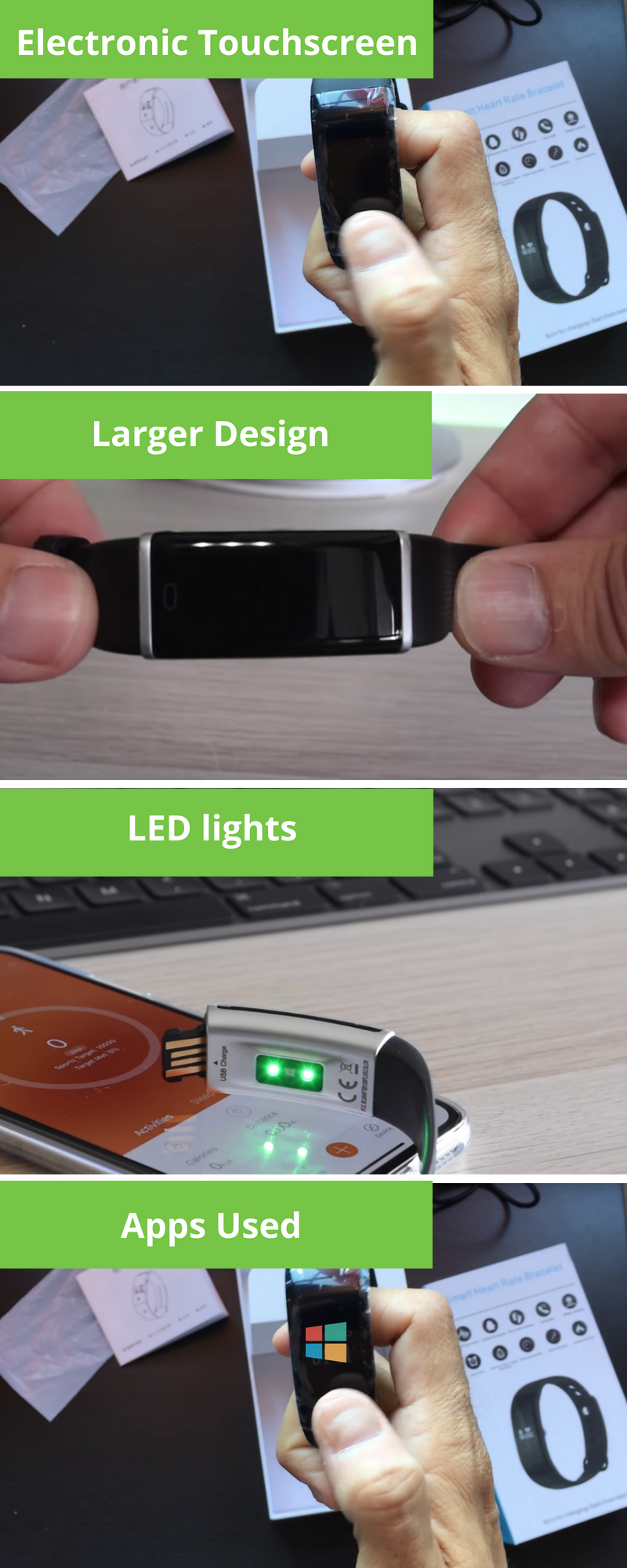
Whether you prefer calmer activities such as yoga or you like racing down the street as your heart rate rises, you need to look for fitness trackers that are either waterproof or sweat-proof. The cheapest models that we found are sweat-proof. This means that the sweat that comes off your body will not damage the device. These trackers are suitable for those who spend more time indoors than outside and those who don’t mind taking one off before hopping in the shower.
Waterproof models are more expensive but well worth the price. These trackers have a face with a seal around the edges that stops any moisture from getting inside. Not only are they resistant to the sweat that can pour off your body during an intense workout, but they are also safe to use when wearing around water.
The main reason you need a waterproof fitness tracker is that you want the product to last longer. If you accidentally get caught outside in the middle of a storm during your job, you want to know that the tracker will keep working. Those that are not waterproof can suffer some serious damage due to rain. You may need to replace the tracker or pay for a costly repair.

Garmin includes a number of fitness tools that you can use to monitor your daily activities. You can use those same tools to monitor yourself as you sleep and to analyze that data the next day. As an all-day tracker, the Vivosport does a good job of picking up on any stressful situations and other problems that you encounter throughout the day. It helps you analyze how your body responded to those situations too. We like the slimmer design of this model also.
We highly recommend looking for a tracker that has built-in storage, especially if you like listening to music. You can read the product description to see how much storage the device has. Though most models have some internal storage, the amount of available space can vary quite a bit based on what apps come already loaded. For example, you might purchase a tracker that comes with an app designed by the manufacturer that takes up more than half of its internal storage. By the time that you download a few other apps that you want to try, you may not have enough memory to record your activities.
The amount of internal storage available is also important in regards to how often you want to clear the device. If you want to train for a marathon, you probably want to track your time and distance over the course of several weeks. This helps you see how you improved over time. If the tracker has limited storage space though, you may need to send that data to your phone and clear the device every few days. It’s often helpful to look at fitness trackers that have a slot for added storage too, especially if you want to carry playlists with you.
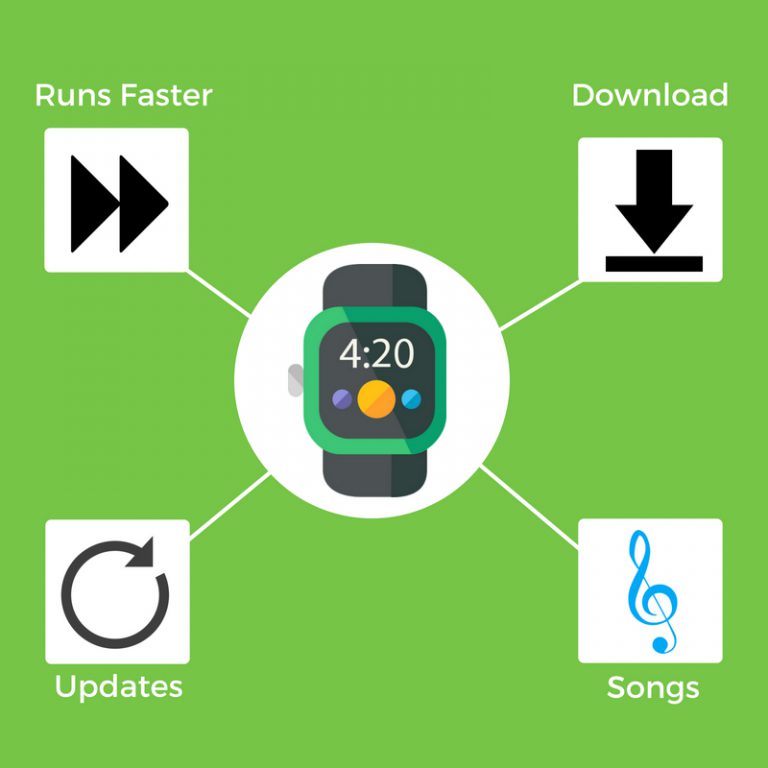
A large number of fitness trackers today come with built-in GPS. You can connect the device to your phone and view information about your most recent run or workout on your phone. We recommend looking at some of the other benefits of a tracker with built-in GPS.
You may want a device that does more than just track your steps and daily activities. A fitness tracker that also acts as a health tracker will give you more information about your general health that you can share with your doctor. Some devices come are compatible with smart scales, which are handy for those who weigh themselves daily. You can step on the scale to weigh yourself and have the scale send your current weight to your tracker. The tracker will keep track of your weight and let you know how it changes and fluctuates on a daily basis. You can also see how much weight you lost as you worked out.
Health trackers can also monitor your blood pressure. This is a handy feature if you have a history of high blood pressure or a family history of that condition. The tracker will let you know your average daily blood pressure readings and when your blood pressure runs too high or too low. This can help you decide when to take a break from your workout and when to push yourself harder. Health trackers can also monitor your heart rate and pulse and give you information about other biological functions.
As a fitness tracker, this model does everything you want. It comes with an app designed by Bellabeat that you can download to your phone or tablet. That app makes the tracker compatible with both Android and Apple devices. You can view your step count, how many hours you slept, the amount of time it tracked you and even how much time the battery has left. This tracker has a hypoallergenic design that is safe for most skin types. As it comes with a coin cell battery, you can use the tracker daily without recharging it. That battery will last for up to six full months.
When you’re on you on your bike and cycling to work, you don’t want to glance at your wrist and see a bunch of random codes staring back at you. If you buy the wrong type of fitness tracker though, this is an issue that you’ll face on a regular basis. The top trackers on the market feature one of two face types.
The most common face type is one that shows you exactly what you need and want to know. When you look down, you can view the current time and see how many calories you burned throughout the day. To adjust and change the information that you see, you can access the settings via the buttons on the side of the tracker. This lets you select what you want the tracker to count or keep track of and show you.
Some of the more popular fitness trackers feature a face that shows you a few numbers next to or beneath some symbols. Those symbols correspond to different features and settings. You may need to check the instructional manual to make sure that you know what each symbol means. Shoppers looking for a more convenient and easy to use tracker often pick those with the first type of face.
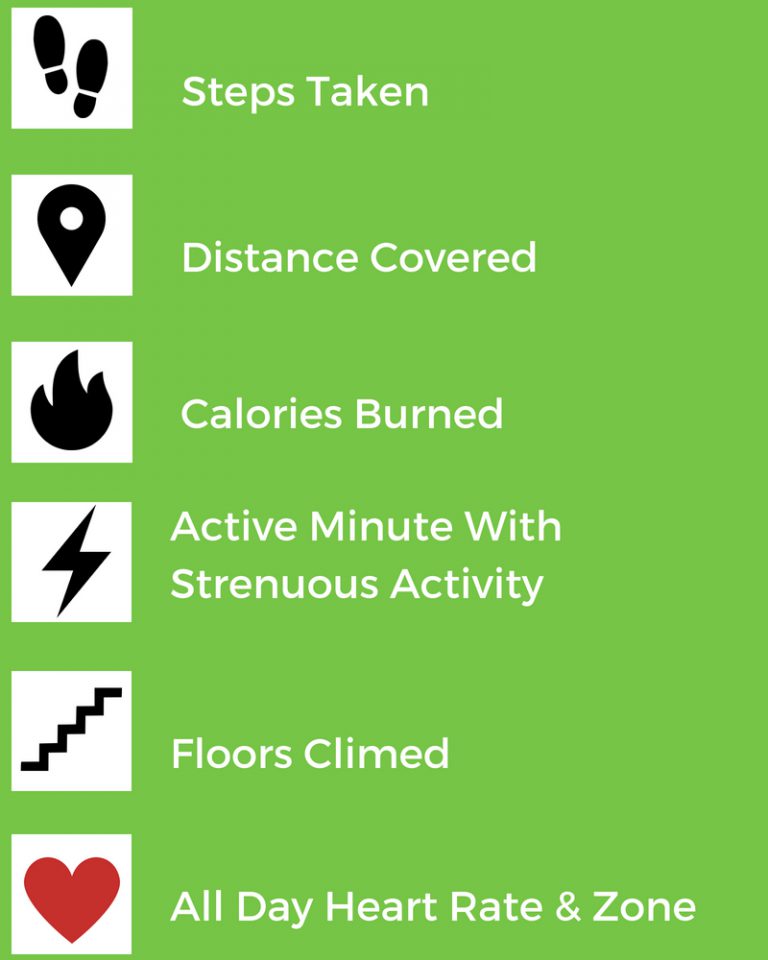
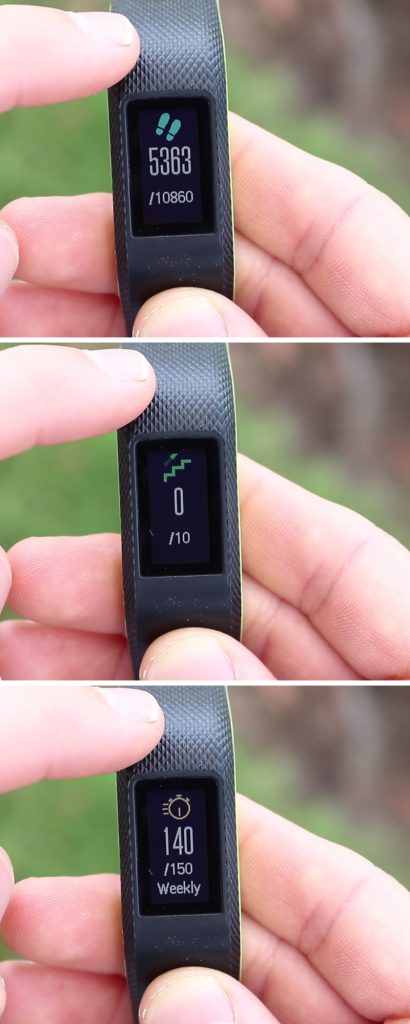
Though shoppers assume that all fitness trackers come with a screen, this actually isn’t true. Some manufacturers realized that customers usually carry their cell phones with them and designed trackers that they can use on their phone. Let’s say that you love jogging every morning but carry your phone to listen to music. You can actually buy a fitness tracker that you download to your phone. Unlike basic apps that only keep track of your steps and/or calories, these trackers work in the same way that those you wear on your wrist do. You can use one when exercising inside or out and when sleeping at night. As long as your phone has a charge, you can view all the information available via the tracker app.
Trackers that run on your phone are not as accurate as standalone models are. If you decide that you want one you can wear on your wrist or as a necklace, you’ll want to consider the design of the screen. Most shoppers prefer a brighter LED or OLED screen that they can view when it’s darker outside. You may want to consider a touchscreen display too. While these can break more easily, a touchscreen is easier to navigate through.
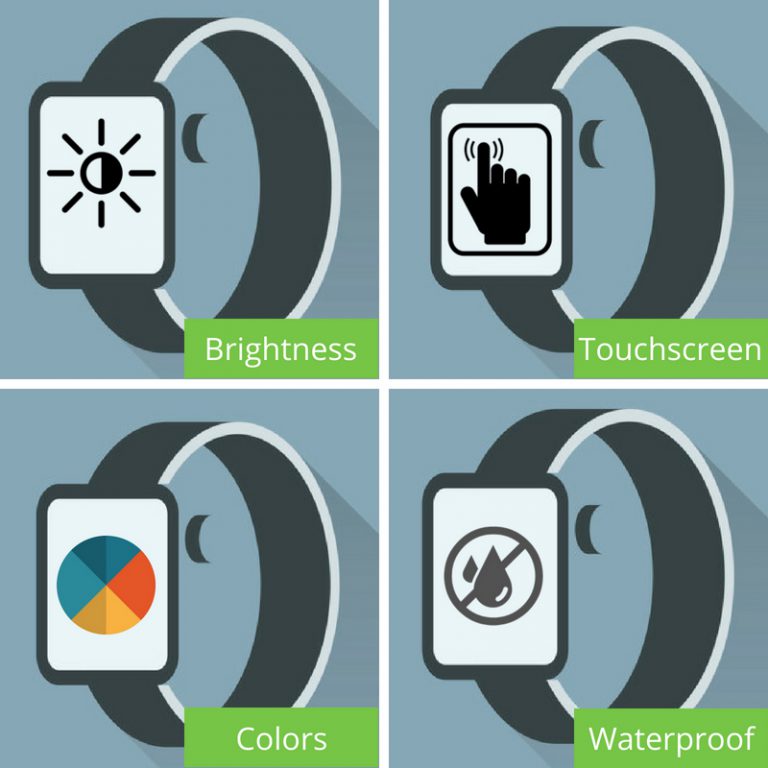
The biggest benefit of using a fitness tracker is that it will track your activities every day. While you might think that the device instantly goes to work as soon as you get out of bed in the morning, not all trackers work in the same way. We recommend deciding ahead of time whether you need one that will manually or automatically track your activities. Manual tracking is best for those who don’t want to wear the device every day. You can wear and use one as an ordinary watch on your rest days and then let it track your activities the next day. These models let you decide what you want to track and monitor and what features you want to turn off too. Those that automatically track you will come on and start working as soon as they detect any movement on your part.
You’ll need to decide how you want to sync your records and data too. Those that do this automatically will require that you sync the tracker to your phone or another device first. At the end of the day, it will send information to that device. You will also find models that let you manually share information with your devices.
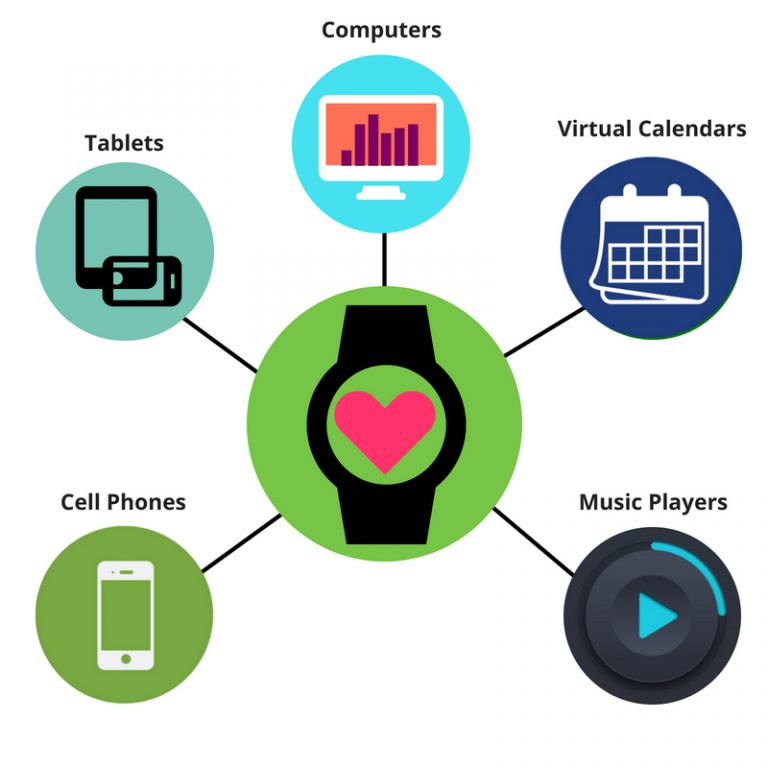
Now that you know the top features of fitness trackers and how to pick one, you probably want to know how much you should pay. The cost of these trackers can range from right around $20 to more than $200. Our top choice is a highly affordable model that will fit any budget. Retailing for around $30, it lets you monitor your nighttime habits and keep track of your daytime activities. The main issue with cheaper models is that they are not always accurate. You may find that the tracker counts more steps than you actually take because you have a longer gait.
Fitness trackers in the $50 to $100 price range are best for those who want more accurate devices that they can connect to other electronics. Those in the $100 to $200 price range are often a little more stylish. The Versa from Fitbit is a good example of a tracker that has a great look but will provide you with all the fitness information that you need.
We also found some models that retail for $200 to $300 or more. These models look more like smartwatches and are best for serious athletes. You can typically get a fitness tracker with all the features you want at a lower price.
A: Experts typically recommend that you take at least 10,000 steps daily, especially if you want to lose weight. The number that you take can vary based on your fitness level though. You should use the tracker to see how many steps you usually take and then work on slowly increasing that number every day.
A: Fitness trackers are not magic devices. These gadgets can only use the information that you shared and are only accurate if you share accurate info. If you tell the tracker exactly how much you weigh and your exact height, it will do a better job of showing how many calories you burned based on your fitness level and BMI. You’ll still want to track the calories you consume though.
A: As we told you in a section above, fitness trackers have a number of benefits over a pedometer. A basic pedometer simply tells you how many steps you took, though some will give you a calorie count too. Fitness trackers can remind you to workout, tell you about appointments in your calendar and even keep track of your sleep patterns and habits.
We have access to thousands of products, and have meticulously and personally hand selected the very best for you to check out.




We are a participant in the Amazon Services LLC Associates Program, an affiliate advertising program designed to provide a means for us to earn fees by linking to Amazon.com and affiliated sites.